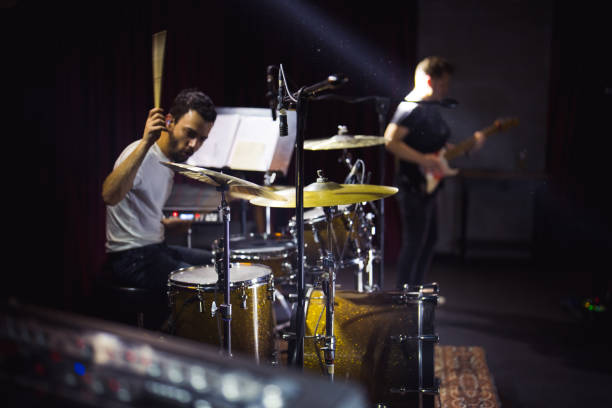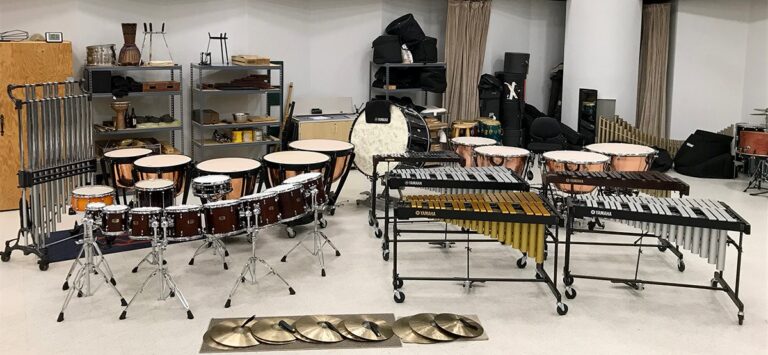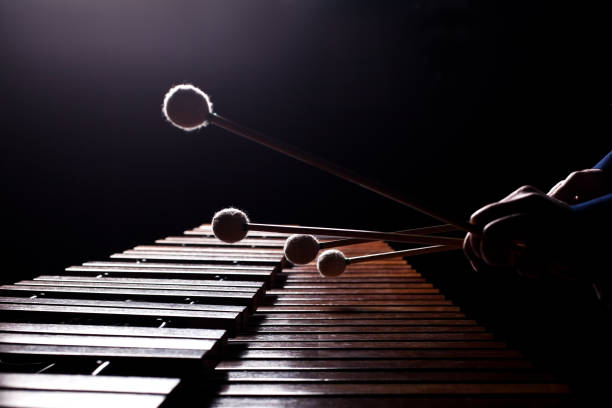Introduction to the Snare Drum
The snare drum is a percussion instrument known for its sharp, staccato sound, produced by the tensioned snares—metal wires, plastic or gut—stretched across the bottom drumhead. It is an essential component in various musical genres, from military and orchestral settings to modern rock, pop, and jazz bands. Historically, the snare drum played a crucial role in military contexts, providing the rhythmic foundation for marches and signaling commands during battle. In contemporary music, it serves as a fundamental element within the drum kit, contributing to the beat and adding texture and dynamism to compositions. Its versatility and distinctive sound make it a favorite among drummers and composers alike.
Ancient Origins
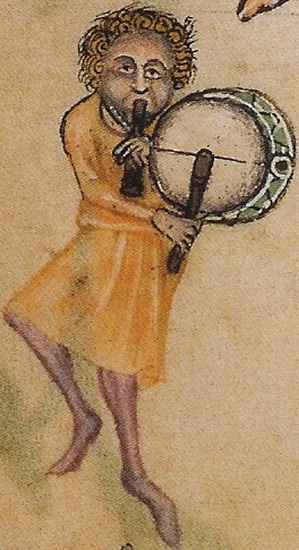
The origins of the snare drum can be traced back to ancient civilizations, where early forms of the percussion instruments were used in ceremonies and war. Some of the earliest evidence of snare drum-like instruments comes from Ancient Egypt and Mesopotamia, where drums adorned with snares made from animal guts or other materials were struck with sticks and accompanied music played during religious ceremonies and communal gatherings.
The specific invention of the modern snare drum is often credited to the medieval Tabor, a small drum originating in the Middle Ages, around the 13th century. The Tabor featured a single drumhead with snares made from gut stretched across it, and it became a staple in military and folk music. Over the centuries, the design and construction of the snare drum evolved significantly, leading to the instrument we recognize today.
Marching Snare Drums and Warfare
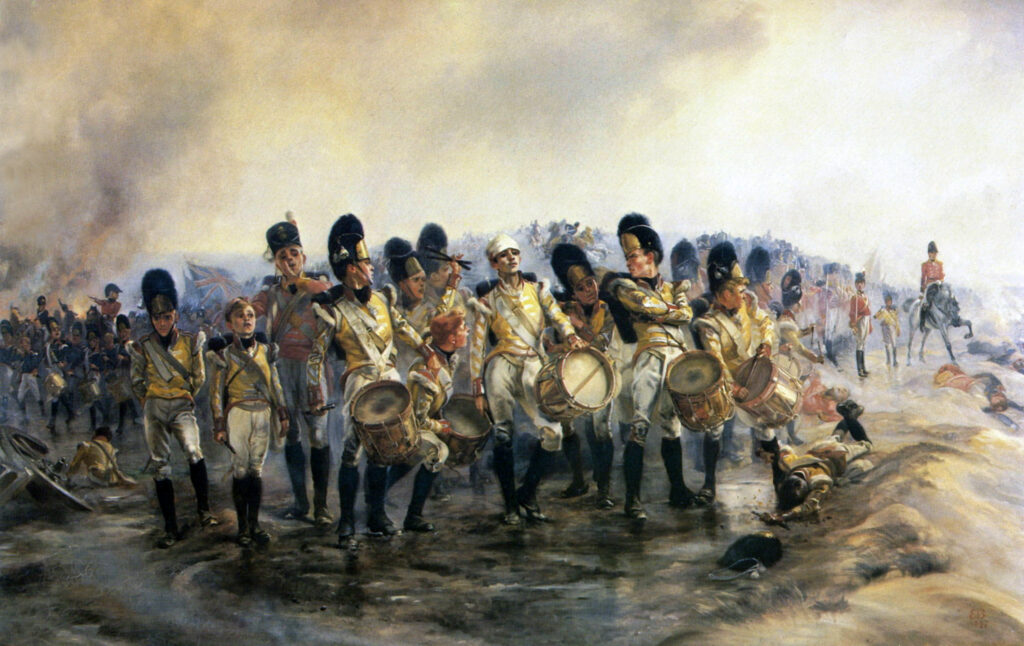
The use of the snare drum in warfare and marching became increasingly common around the 15th and 16th centuries. Armies recognized the drum’s powerful and clear sound as an ideal medium for communication during battle, as it could be heard over great distances and above the din of combat. Drummers employed a series of standardized beats, known as “drum calls,” to relay commands, signal maneuvers, and regulate the pace of soldiers’ marches. This period saw the snare drum become an indispensable instrument in military ensembles, alongside fifes and other percussive instruments, laying the foundation for its continued prominence in martial contexts and ceremonial parades.
The Development of Drum Rudiments
The tradition of using snare drums in military contexts led to the standardization of drum rudiments, which are essential techniques and patterns that drummers use to develop their skills and execute complex rhythms and sustained sound. Drum rudiments have their roots in the military drumming practices of the 16th and 17th centuries, where standardized beats and rhythms were critical for clear communication and coordination on the battlefield. Drummers were trained rigorously to master these rudiments in order to perform precise and consistent beats, which were vital for relaying commands and maintaining the marching cadence of troops.
The Swiss and British military bands were particularly influential in the creation and codification of rudiments. In the 18th century, the Swiss developed a comprehensive system of drumming that included many of the traditional rudiments still taught today. Similarly, British military drumming incorporated a range of standardized patterns that evolved into the modern rudiments. These foundational techniques were not only a reflection of the military’s need for uniformity but also fostered the development of drumming as a disciplined art form.
As military drumming practices spread and evolved, so did the drum rudiments, eventually making their way into civilian music education and performance. Today, drum rudiments are a cornerstone of drumming pedagogy, providing drummers with the tools needed to achieve technical proficiency and versatility across various musical genres. The legacy of military snare drum traditions continues to be felt, underscoring the historical significance of these early practices in shaping the art of drumming.
Snare Drum in the Orchestra
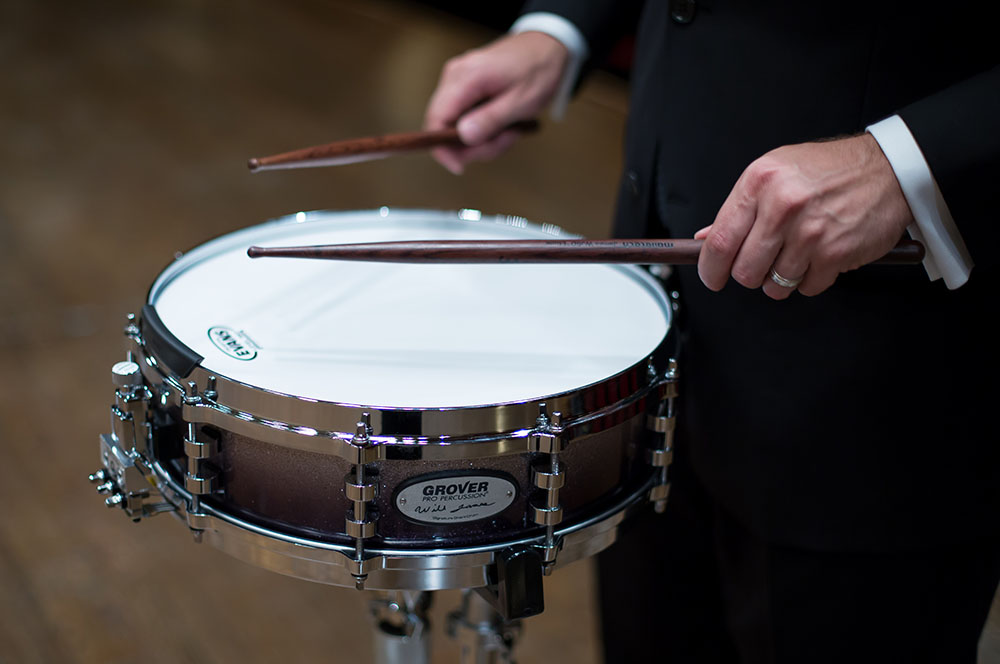
As the role of the snare drum expanded beyond its military origins, it began making its way into percussion section of the orchestra during the 18th and early 19th centuries. Composers recognized the snare drum’s unique timbre and rhythmic capabilities, integrating it into their works to enhance the dramatic impact and dynamic range. One of the earliest and notable examples of the snare drum in orchestral music is found in Marin Marais’ Opera Alcyone (1706).
Throughout the 19th century, the snare drum’s presence in orchestral compositions grew more prominent. Romantic composers such as Hector Berlioz and Richard Wagner utilized the snare drum to evoke intensity and drive in their pieces. Berlioz, in particular, offered detailed instructions in his treatise on instrumentation, reflecting his appreciation for the snare drum’s expressive potential.
The 20th century saw further evolution in the snare drum’s orchestral use, with composers experimenting with avant-garde techniques and incorporating diverse percussive elements. Modernist composers like Igor Stravinsky and Dmitri Shostakovich employed the snare drum to create intricate rhythms and striking textures within their orchestras. Consequently, the snare drum has solidified its place as a versatile and integral component of the percussive palette in orchestral music, contributing to a wide array of emotive and rhythmic possibilities.
The Marching Band Era
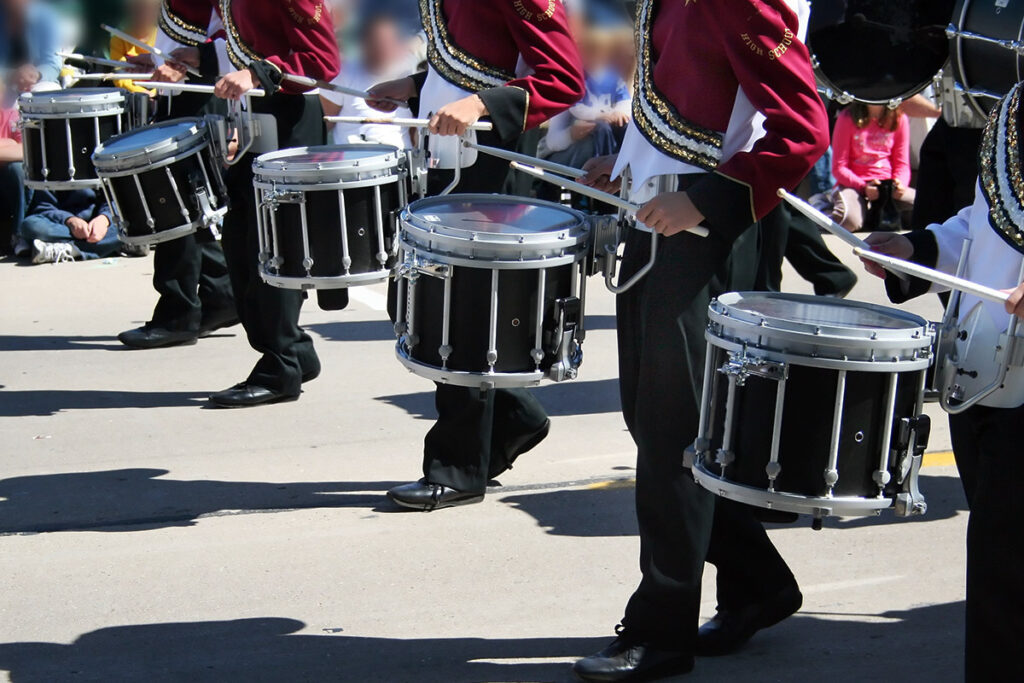
The late 1800s witnessed the rise of marching bands and drum corps as a popular musical genre, a direct evolution from the military drumming practices established during marching warfare. As the role of the marching snares solidified in military tradition, its association with rhythm, order, and communication carried over into civilian life. Post-Civil War America, in particular, saw a surge in the popularity of marching bands. Communities organized bands for parades, public celebrations, and national holidays, incorporating military principles into their performances.
Marching bands borrowed heavily from the structured nature of military ensembles, emulating their disciplined formations and precise drilling techniques. The snare drum continued to play a pivotal role, maintaining the tempo and enhancing the band’s sonic impact through crisp and articulate rhythms. The influence of military drum calls was apparent in the standardized beats and thematic compositions tailored for large outdoor spaces, allowing for the snare’s distinct sound to cut through the bustling environments.
As professional and amateur bands grew, so did the repertoire, expanding beyond purely martial tunes to incorporate popular music of the time, patriotic songs, and classical adaptations. This era fostered the growth of prominent composers like John Philip Sousa, whose marches became synonymous with the spirit of the age. The enduring popularity of march music was not just a stylistic choice but a cultural continuation of the deep-seated rhythms and structures rooted in wartime drumming traditions. Through performances at public events, fairs, and competitions, marching bands cemented their place in musical history, celebrating community cohesion and patriotic fervor shaped by their martial heritage.
Transition into Jazz and Beyond
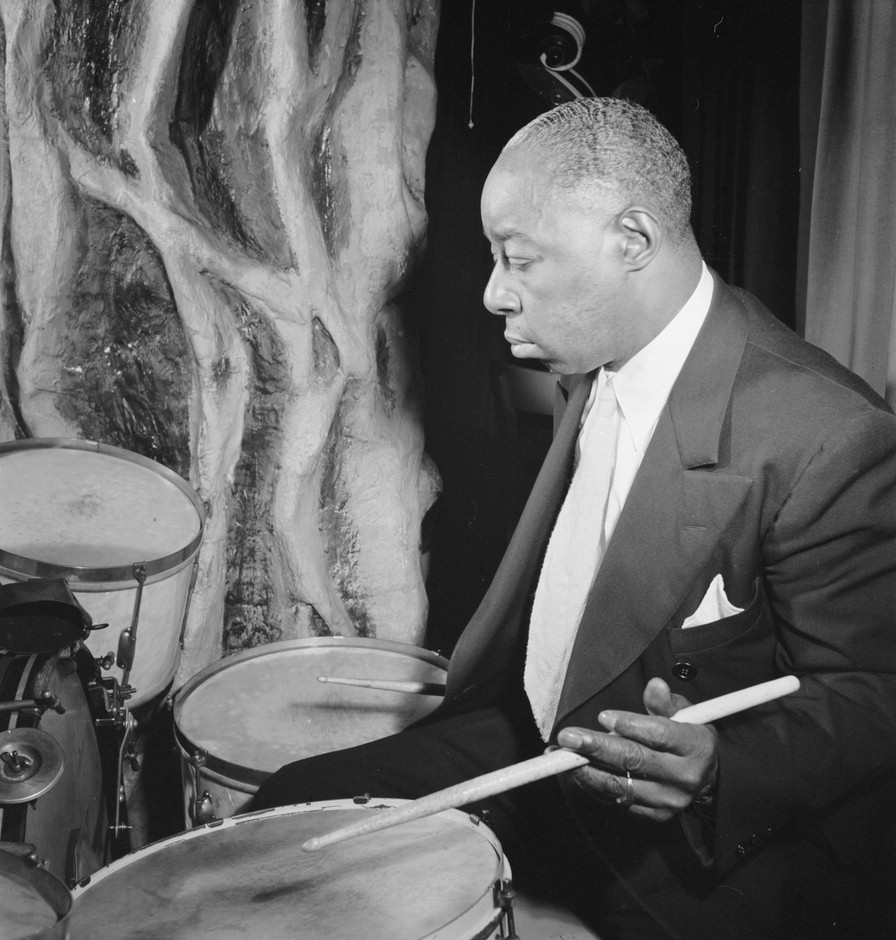
The transition from marching band music to jazz in New Orleans can be traced to the rich cultural tapestry of the city, where free Black Americans infused their traditions into the existing military marches and parade structures. This fusion gave birth to unique forms of music such as the “second line” and ultimately jazz.
In New Orleans, local brass bands, composed of both military and civilian musicians, frequently performed in parades and social gatherings. The “second line” tradition, a hallmark of New Orleans culture, emerged from these parade practices. In these parades, the “first line” consisted of the official parade participants, including the brass band, while the “second line” was made up of spectators who followed behind, dancing and adding their own rhythmic interpretations. The second line was a lively, participatory tradition that allowed for spontaneous musical expression and improvisation, key characteristics that would later define jazz music.
As these traditions continued to develop, the rhythmic complexity and improvisational freedom of second line music laid the groundwork for the birth of jazz. Musicians began to experiment more boldly with syncopation and swing rhythms, both heavily reliant on the snare drum. This experimentation led to the formation of smaller ensembles that focused on the interplay between instruments, highlighting the snare drum’s role in maintaining rhythm while enabling dynamic musical conversations.
In essence, the snare drum acted as a bridge between the disciplined sounds of military marching bands and the free-spirited innovation of jazz, playing an indispensable role in the cultural and musical synthesis that flourished in New Orleans. The enduring legacy of these traditions is evident not only in jazz but also in the continued vibrancy of second line parades, where the snare drum remains a vital and celebrated instrument.
Modern Perspectives: The Snare Drum’s Role in Contemporary Music Production

In contemporary music production, the snare drum continues to play a vital role. Advances in recording technology and digital audio workstations (DAWs) have allowed producers to manipulate and enhance snare drum sounds in ways previously unimaginable. Sampling, layering, and effects processing have expanded the snare drum’s sonic palette, making it a versatile tool in modern music production.
Recording Techniques
- Microphone Placement: Engineers use various microphone techniques to capture the snare drum’s sound accurately, balancing the direct strike of the stick with the resonance of the snares. Close micing, often combined with room microphones, provides a detailed and spacious capture of the snare’s sound.
- Layering: Producers often layer multiple snare samples to create a fuller, more complex sound, combining the attack of one sample with the body of another. This technique allows for a tailored sonic experience, matching the snare sound to the specific needs of the track.
Effects Processing
- Reverb and Delay: Adding reverb and delay can create a sense of space and depth, making the snare drum sound larger-than-life. This can transform a simple snare hit into an epic, immersive experience.
- Compression: Compression can enhance the snare drum’s punch and sustain, making it more prominent in the mix. By controlling the dynamic range, compression ensures that the snare cuts through even the densest arrangements.
These modern techniques ensure that the snare drum remains a central, impactful element in contemporary music production, whether in pop, hip-hop, electronic, or experimental genres.
Conclusion: The Enduring Legacy of the Snare Drum and Its Future
The snare drum’s journey from military marches to modern beats is a testament to its enduring appeal and versatility. Its evolution reflects broader trends in music and technology, as well as the creativity and innovation of musicians and instrument makers.
Looking ahead, the snare drum’s future seems as dynamic as its past. With ongoing advancements in materials, design, and digital processing, the possibilities for new sounds and techniques are limitless. As musicians continue to push boundaries and explore new genres, the snare drum will undoubtedly remain at the heart of rhythmic innovation.


